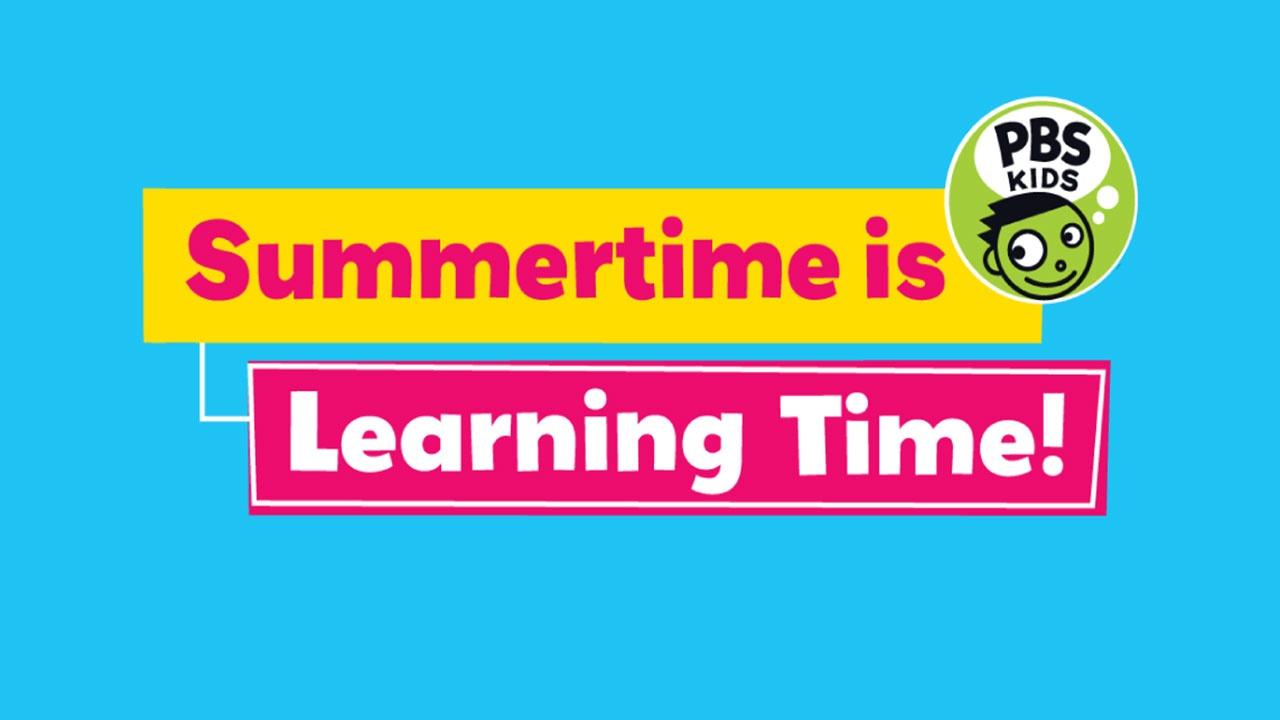Dear Parents,
As the school year comes to an end, we know that many children will not be able to participate in many of the traditional summer time activities that we all look forward to year after year. We want you to know that KLRN is here for you and your family.
Our Education Team is working hard to create engaging virtual summer sessions for students of all ages. For families, we will continue to provide a weekly parent newsletter along with these weekly blog posts with fun activities for children of all ages. Starting next week, our newsletter format will change so that we can include activities for students of all ages.
We hope that our summer resources for families will help you keep your child engaged and learning over the summer.
With appreciation,
KLRN Education Team
education@klrn.org
This week we will focus on nature and science activities to do with your children!
Infant/Toddler
- Balancing Nature
In this activity, children learn observation skills by taking a more scientific approach: make predictions, use a simple tool to compare and contrast two objects and talk about the results - Paint with Nature
In this activity, encourage your child to observe and notice the characteristics of the items you discovered in your backyard or neighborhood. How do they look similar or different? How do they feel? How do they smell? - Explore Nature on a Walk
Children can find all kinds of treasures everywhere! Plan a walk with your child and maybe a friend, too. You may not get very far, or move very quickly, but children can have a chance to look for things like leaves, tiny bugs, stones, and squirrels.
Preschool
- Make Art With Nature
This art activity is all about exploration and expression. Your child will explore the world around them and express creatively using materials they find in it. - Make a Match With Nature
Matching up different pieces of nature will get your child to appreciate the big and little details of the world around them. - Go on a Nature Photo Scavenger Hunt
Turn a walk to the bus or a stroll around the neighborhood into a search for trees, leaves, rocks, and more!
Grades K-2
- How Animals Care for Their Young
In this interactive lesson, students learn that animals take care of their young in many of the same ways the adults in their lives take care of them. Students watch videos from NATURE and engage in a variety of activities to check understanding and reinforce learning. - The Healthy Kids Project: Foods That Grow
In this lesson plan (which is available in English and Spanish), students will learn about the importance of eating a variety of fruits and vegetables.
Grades 1-4
Lucy and her friends plant trees with the city arborist, in this video from PLUM LANDING™. They talk about how trees provide food and shelter for animals. They also discuss how trees help the environment by taking in carbon dioxide from the air and producing oxygen.
Grades 3-12
- Nature’s First Defenders
Indigenous people—nature’s first defenders—play a vital role in sustaining our planet. This video, along with the accompanying Nature's First Defenders teacher's guide and lessons, enables students to understand that role and to explore the many perspectives and issues involved in conservation, including how we relate to nature, how culture influences our points of view, what tools we have to be engaged in the conversation, and how we might address and reconcile differences. Video - Design Inspired by Nature
Though it may be an unfamiliar term to most people, biomimicry, or looking to nature for design inspiration, is not a new approach to solving design challenges. In fact, its guiding principles have served to inspire architectural works, aviation breakthroughs, and consumer products. This collection of images presents some easily recognized inventions and parallel designs found in nature. In some cases, the natural form inspired the human-made form.
Grade 6-12
- The Relationship Between Humans and Nature
Learn about the relationship Native Americans have with the environment and what lessons people of the U.S. government could still learn. Students will examine the close relationship Native American have with the environment and how the framers of the Constitution learned some, but not all, of the principles of living at peace with the land. - Nurturing Back to Nature
This segment is an overview of the rehabilitative care the birds receive at the center so that they can eventually be released back into the wild.
We hope you enjoyed some of these activities. If you follow KLRN on your facebook account please be sure to share your activities and use the #KLRNeducates and #KLRNLearnatHome tags.
Tune in next week for more learning fun with your favorite PBS Kids programs.



